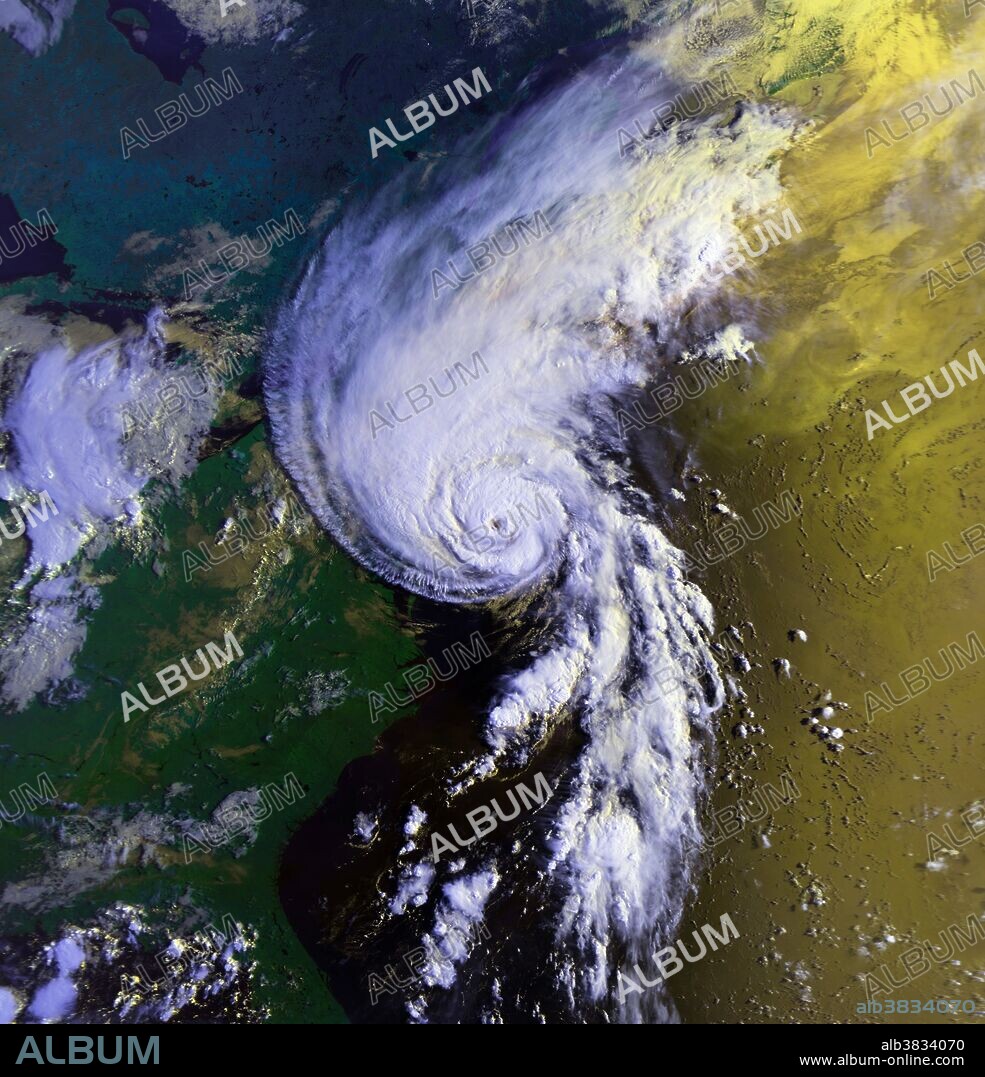alb3834070
Hurricane Bob, 1991

|
Zu einem anderen Lightbox hinzufügen |
|
Zu einem anderen Lightbox hinzufügen |



Haben Sie bereits ein Konto? Anmelden
Sie haben kein Konto? Registrieren
Dieses Bild kaufen.
Nutzung auswählen:

Titel:
Hurricane Bob, 1991
Untertitel:
Siehe automatische Übersetzung
Because of its impact, the name Bob was retired by the World Meteorological Organization in the spring of 1992, and will never be used again for an Atlantic hurricane. Hurricane Bob was one of the costliest hurricanes in New England history. The second named storm and first hurricane of the 1991 Atlantic hurricane season, Bob developed from an area of low pressure near The Bahamas on August 16. The depression steadily intensified, and became Tropical Storm Bob late on August 16. Bob curved north-northwestward as a tropical storm, but re-curved to the north-northeast after becoming a hurricane on August 17. As such, it brushed the Outer Banks of North Carolina on August 18 and August 19, and subsequently intensified into a major hurricane (Category 3 or greater on the Saffir-Simpson Hurricane Scale). After peaking in intensity with maximum sustained winds of 115 mph, Bob weakened slightly as it approached the coast of New England. Bob left extensive damage throughout New England in its wake, totaling approximately $1.5 billion (1991 USD, $2.6 billion 2014 USD). This made it the second costliest United States hurricane at the time; as of 2013, it ranked 32nd in the category. In addition, 17 fatalities were reported in association with Bob. The loss of life and most of the damage occurred as a result of high winds and rough seas.
Bildnachweis:
Album / NOAA/Science Source
Freigaben (Releases):
Model: Nein - Eigentum: Nein
Rechtefragen?
Rechtefragen?
Bildgröße:
3600 x 3744 px | 38.6 MB
Druckgröße:
30.5 x 31.7 cm | 12.0 x 12.5 in (300 dpi)
Schlüsselwörter:
 Pinterest
Pinterest Twitter
Twitter Facebook
Facebook Link kopieren
Link kopieren Email
Email
